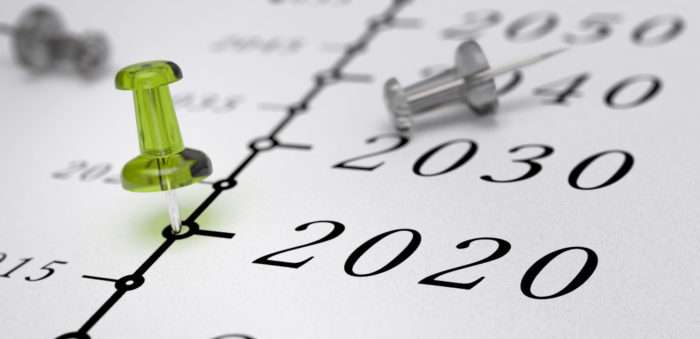During her opening address on the enforcement of the 2020 sulphur cap, MPA Singapore’s Chief Executive, Quah Ley Hoon, said that vessel will be chosen for inspection according to a risk matrix. The matrix will consider the compliance option of the ship and if a Fuel Oil Non-Availability Report (FONAR) has been submitted.
MPA Singapore, in collaboration with Singapore Shipping Association, has published the second edition of two technical guides on the impending 0.5% fuel oil global sulphur limit by the International Maritime Organization.
[smlsubform prepend=”GET THE SAFETY4SEA IN YOUR INBOX!” showname=false emailtxt=”” emailholder=”Enter your email address” showsubmit=true submittxt=”Submit” jsthanks=false thankyou=”Thank you for subscribing to our mailing list”]
The two guides for Singapore-registered ships and Ships calling at the Port of Singapore respectively are an addition to the first two editions that were launched in November 2018.
Both guidelines consist of details on Singapore’s implementation plan for the IMO 2020 global sulphur limit as well as the outcome of the recent IMO Marine Environment Protection Committee 74th meeting (MEPC 74).
Regarding the enforcement of the regulation, MPA Singapore informed that it will inspect Singapore-registered ships as well as foreign-registered ships calling the Port of Singapore in accordance with the Flag State and Port State Control regimes respectively.
What is more, ships will be selected for inspection based on a risk matrix, which takes into account the compliance option of the ship and whether a Fuel Oil Non-Availability Report (FONAR) has been submitted.
MPA Singapore’s inspectors will also be equipped with portable sulphur test kits for onsite testing of in-use fuel. In addition, if necessary, MPA may send the fuel oil sample to the laboratory for detailed fuel oil analysis.
Moreover, a few companies have shared with MPA that they are ready for this transition, such as:
- BW Group;
- Maersk Tankers;
- Pacific Carrier Limited;
- AET;
- PIL.






























































